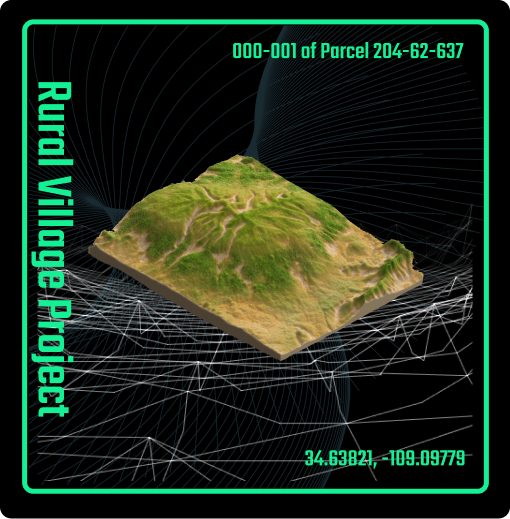Fractional ownership of NFTs are a major boost to the real estate market, as small investors would now have access to real estate investments without restrictions of huge capital investments. Distributed ownership also means investors don’t have to wait for months or years to earn returns, trading and transfer of rights can be done on the blockchain platform as soon as it gets verified without any geographical restrictions.
How Does NFT Fractionalization Work?
The ERC-721 token standard is one of the most common standards used for creating NFTs on the Ethereum blockchain (along with the ERC-1155). While these two standards can generate unique non-fungible tokens, the ERC-20 standard, in contrast, is used to make altcoins and other fungible tokens. Fungible tokens are interchangeable, meaning that each unit has the same utility and intrinsic value. As such, you can deploy a smart contract to generate multiple ERC-20 tokens linked to an indivisible ERC-721 NFT. This way, anyone who holds any of the ERC-20 tokens generated can own a percentage of the linked NFT.
dNTS are NFTs that are fractionalized using TOKENS so the asset can be shared among the TOKEN holders. dNFTs, i.e. Distributed Non Fungible Tokens are the NFT tokens that meet following points:
1. Verifiable creation of NFT by validator on blockchain.
2. Allow partial ownership say x% of NFT to anyone.
3. Allows real world marketplace on blockchain.
4. Real % ownership in the form of “PER” stable tokens on blockchain.
